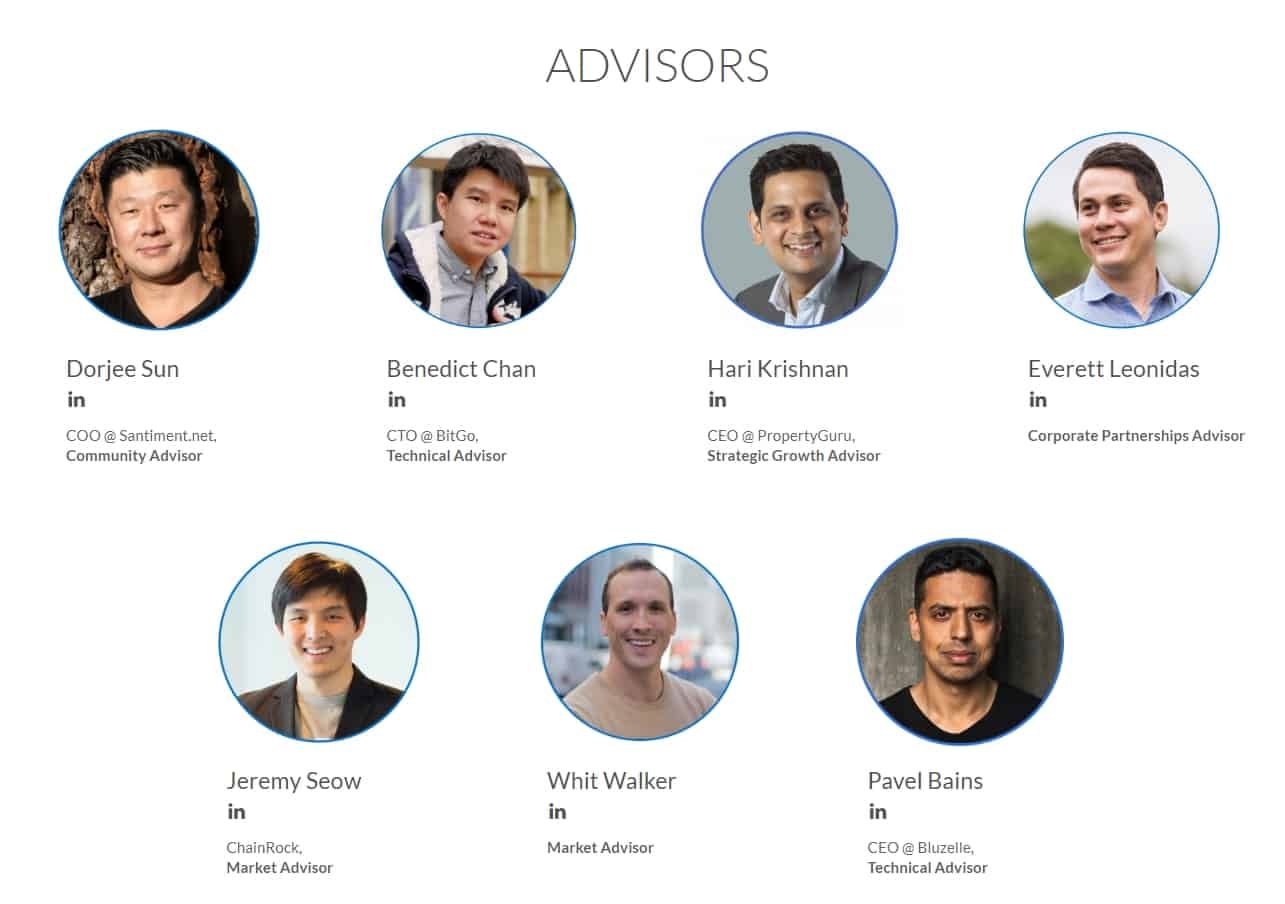
Major tech companies have actively reoriented themselves around AI and machine learning: Google is now AI-first, Uber has ML running through its veins and internal AI research labs keep popping up.Quadrant Protocol
They’re pouring resources and attention into convincing the world that the machine intelligence revolution is arriving now. They tout deep learning, in particular, as the breakthrough driving this transformation and powering new self-driving cars, virtual assistants and more.
But at which specific situation are we going to use ML or AI in or daily life, you may ask. But the real question is, which applications are you using in your daily life that contains Machine Learning or AI algorithm. Because ML and AI are in our daily life already. The only thing is they needed to be worked on more, to be able to be more useful.
Today, an AI and ML contained programs can
- Recognize objects in images
- Navigate a map of the London Underground
- Translate between languages
- Speak
- Recognise emotions in speech
- Drive
- Fly a Drone
- Discover new uses for existing drugs
Overview
Vast amounts of authentic data are needed to power today’s algorithms, however the current data economy is fraught with problems. There is an ever-widening gap between those with the resources to collect and store their own data and those that do not. The data these have-nots do have access to is often fragmented and of questionable authenticity—the kind of data that produces poor results when fed to algorithms. Part of the reason why the data lacks authenticity is because the suppliers of it are not properly incentivized. Fair revenue distribution does not exist for both data producers and vendors. Without a healthy and transparent data economy, the increasing demand for authentic data will not be met. Quadrant aims to solve these problems by providing a blueprint for mapping disparate data sources. It will support proof of data authenticity and provenance via data stamping, the creation of “Constellations” (data smart contracts) for disparate data sources, and fair remuneration and incentive sharing. Data Consumers can trust the authenticity of the data they purchase, “Nurseries” (Data Producers) are compensated fairly every time their data is used, and “Pioneers” (Data Vendors) have the incentive to create innovative Constellations. This new transparent ecosystem ensures that companies get the authentic data they need.
Quadrant is designed to work with both centralised and decentralised services. The architecture consists of the core Quadrant blockchain, clients (Data Producer, Data Consumer and Anchor), and Guardian Nodes. Quadrant will operate on a Proof of Authority consensus mechanism so that it can handle more transactions, operate at a lower gas price, achieve faster transactions, and restrict malicious nodes from entering data into the network. An external Proof of Work chain will be used as an anchor for security purposes. For the time being, the Ethereum blockchain will be used for anchoring but it can be replaced by any public chain in the future if needed.
Fair Revenue Distribution
Atomic Data Producers (ADPs)
Use Case for Quadrant and Constellations
Widespread Token Distribution
Token Details
ICO Start Date: 26th June 2018 at 1200 hrs (SGT/GMT+8)
ICO End Date: 26th July 2018 at 1200 hrs (SGT/GMT+8) or when the cap is reached
ICO End Date: 26th July 2018 at 1200 hrs (SGT/GMT+8) or when the cap is reached
Amount To Raise: $5M USD
Total Hardcap
(Private Pre-sale + Public): $20M USD
Tokens For Sale (Pre-ICO & ICO): 40%
Token Price: $0.05 USD
Total Hardcap
(Private Pre-sale + Public): $20M USD
Tokens For Sale (Pre-ICO & ICO): 40%
Token Price: $0.05 USD
Team

Advisors

WARNING : This is not an investment advice
To know more about Quadrant Protocol, kindly visit this links below :
Website : https://www.quadrantprotocol.com/
Telegram : https://t.me/quadrantprotocol
Medium : https://medium.com/quadrantprotocol
Reddit : https://www.reddit.com/r/quadrantprotocol
Facebook : https://www.facebook.com/quadrantprotocol/
Twitter : https://twitter.com/explorequadrant
CREATOR
aervin11
https://bitcointalk.org/index.php?action=profile;u=1196880
ETH address : 0x0aE24A034fb1F4529e93c87e7a71935D453E92cF
No comments:
Post a Comment